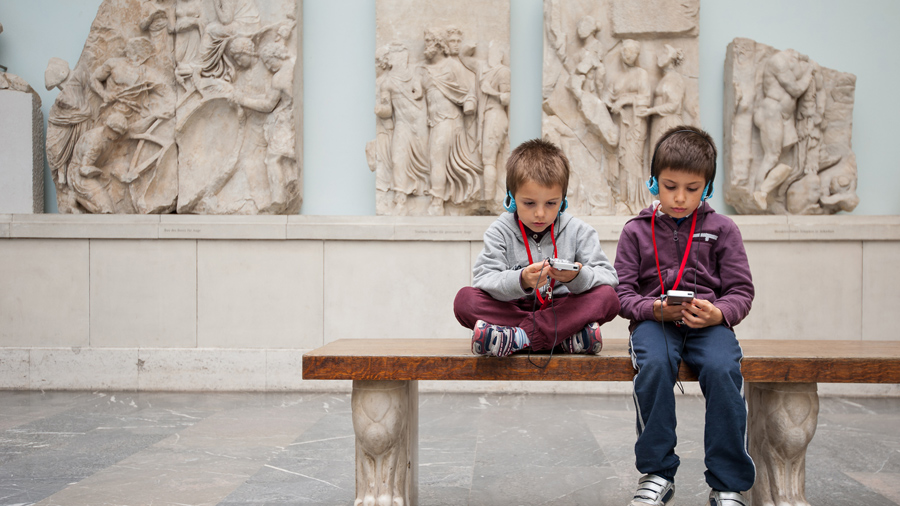Most of us are supposed to know that art in a museum is not something we should touch, handle, or grab unless we are directed to do just that. The value of any one piece of art might be disputed, but most folks know you don’t touch art unless asked. In fact, most parents are well aware that if they go into a store or museum with their kids, you don’t handle the merchandise unless you want to pay for it. The principle holds, even with kids: “You break it; you buy it!”

Thankfully, God didn’t follow this principle when he chose to reveal himself to us in Jesus.
First, God didn’t show up and put himself on display in a protected place like a museum. Instead, he allowed himself to be born to poor folks from a despised city who were visiting where no one would take them in as a family. Instead, God came to our world as a baby, born in a stable with a feed trough for his bed.
Second, when God came to us in Jesus of Nazareth, he touched all sorts of people — those who were blind, lame, beggars, paralyzed, old, young, men, women, sick, dead, and healthy. He also allowed himself to be touched by all sorts of people — so many, in fact, it was hard to tell who actually touched him in the big crowds that flocked to see and hear him. Jesus allowed himself to be loved, admired, cuddled, abused and beaten. Jesus was God made touchable. So much so, that Matthew called him “Immanuel” — which means “God with us” (Matthew 1:23).
Third, when he was broken, he blessed. Rather than the principle, “You break it, you buy it!” Jesus lived a different set of values: “You break me, I buy you. You beat me, I heal you. You bruise me, I take care of your sin.” Rather than getting a bill for Jesus’ being damaged, we were redeemed!
You see, Jesus chose to live as the Messiah through the lens of God’s suffering servant:
But he was pierced for our transgressions,
he was crushed for our iniquities;
the punishment that brought us peace was on him,
and by his wounds we are healed (Isaiah 53:5).

[NOTE} Clearly this is a compilation summary of a number of different events where children broke expensive items in museums. The party at fault in each case might be determined differently by different circumstances, but many such events can be found online in a Google™ search for this phrase or similar words: “parents charged for expensive art piece their kid broke”!










Reader Comments
Archived Facebook Comments